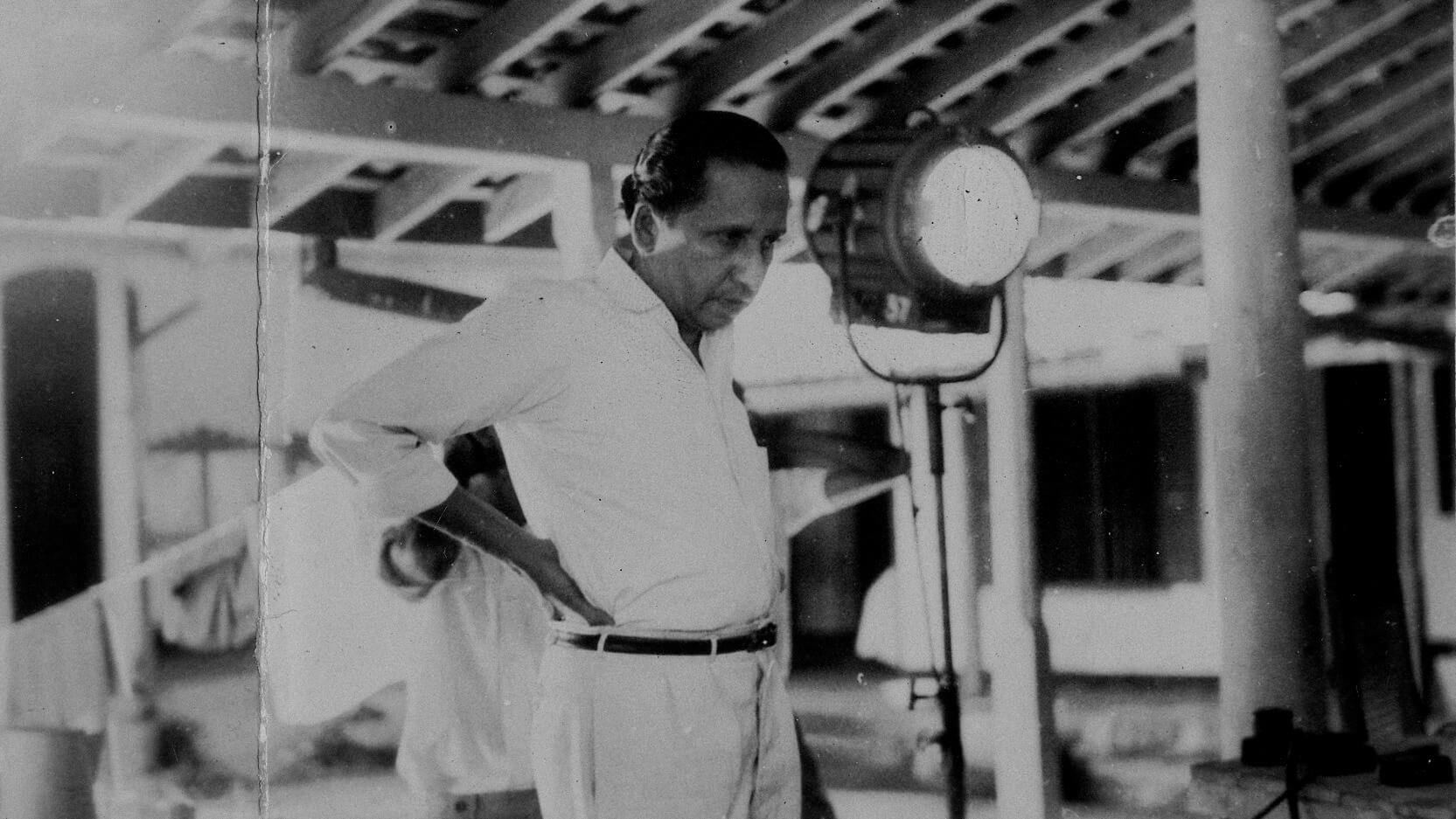The filmmaker
Dr Lester James Peries


Transcript and translations
Language
Subjects discussed
He said that I would do something with images, with pictures
My brother and I used to see every film that was screened at the Majestic because it was one mile away from our home. And into the gallery we would go and then we thoroughly enjoyed the… any film. We had musicals and gangster films. The Warner Brothers films were also there. My mother and father were quite keen that we go to them. They were not against us going to the cinema. They thought that it would better be go to the cinema rather than stay at home and play pranks around because we had a whole lot of friends who could have put us into serious trouble.
But the extraordinary thing is my father believed in astrology and he had a favourite astrologer. And he was considered to be very, very accurate by people, very popular. And he had said — I mean he didn’t tell me he had told my father at that time my father had said it to the family. He said that I would do something with images, with pictures.
[Music from Rekava]
He never said he was going to be a filmmaker, but he made this remark. One can accept that as an astrological prediction that came true or one can say it was a shot in the dark but came right in the end.
When I did Rekava it was a real..I mean big dialogue and people speaking… it was totally different story. Real story about two children caught up in the machinations of the various people in the villages. It’s a…in some passages and all that it got adult certificates in some countries because it’s the persecution of a boy who is considered by the villages to be possessed by the devil. The persecution of the boy was something that audiences didn’t quite like to see. Not that it was banned or anything. It was I mean… it was bought by number of European countries. It was bought by…it was released in England.
[Music from Rekava]
I think it’s the heart of the people of this country. I mean, the heart of the country beats in that place. You know they are the people of this country and it’s a huge gulf between those people now. It’s a huge gulf between those people and the rulers, you see. A huge divide. Even though it is fifty years ago… I think it’s worse now.
So long after I made Baddegama, the Leonard Woolf novel, in actual fact, the village I use was exactly the same as Leonard Woolf’s novel of fifty, sixty years ago. Nothing has changed in that village. I think it was even worse than the portrayal of a village by Woolf in that novel. Really. I was telling the newspapers, I said I mean, that village is totally forgotten. People are… Malaria is rife. Children are dying.
[Music and lyrics from Rekava]
Extraordinary, my father, I don’t know how he got inspired — he gave me a Kodascope eight millimetre projector with some cartoon, Disney cartoons, I think. And that must have been right at the back of my mind. Certainly may have inspired me along the way.
Do you still have it. Is it there? Or is it?..
The Kodascope? No, I’m afraid not. Because I remember my younger brother, Ivan, we had…we had a fight, some dash thing or other. I can’t remember what. And Ivan got so mad, he took my projector and dashed it on the ground (laughs). And that was the end of the Kodascope projector (laughs).




Comments
Leave a comment